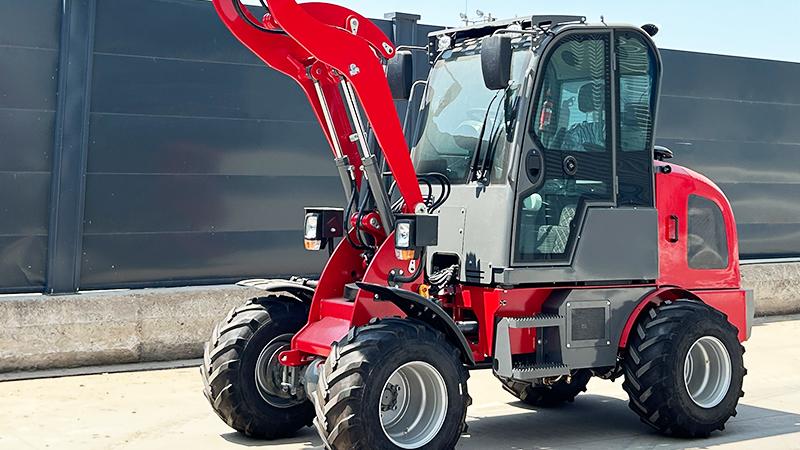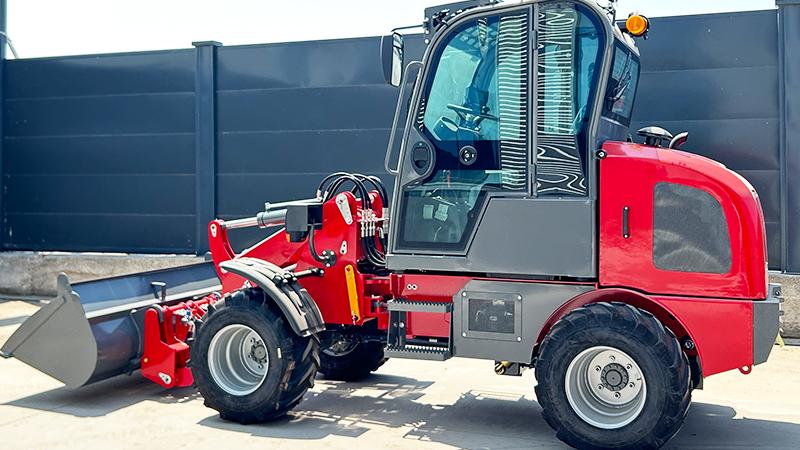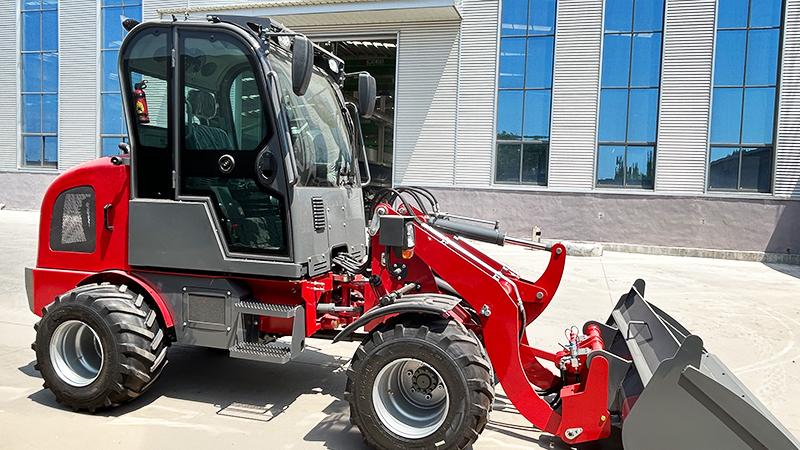The European market for compact wheel loaders is a dynamic and essential segment, powering a vast array of industries from construction and agriculture to landscaping and logistics. For businesses considering this significant investment, the question of cost is paramount, yet the answer is far from a simple figure. The price of a new, CE-certified compact wheel loader is not determined by a single factor but is instead the culmination of a complex interplay of brand prestige, engineering capabilities, technological integration, and specific operational requirements. CE certification, a mandatory conformity mark for products sold within the European Economic Area, is a non-negotiable baseline, ensuring the machine meets stringent health, safety, and environmental standards, which inherently influences its base manufacturing cost. When embarking on the purchasing journey, companies must understand that they are not just buying a machine; they are investing in a versatile tool whose price tag, typically starting from a foundational point of around €40,000 for a basic, entry-level model from a lesser-known or value-focused brand and soaring to well over €120,000 for a high-specification, technologically advanced model from a premium manufacturer, reflects its potential to enhance operational efficiency and productivity. This initial investment encompasses the core machine, but the true cost of ownership and capability must be evaluated through a broader lens that includes long-term reliability, fuel efficiency, service support, and the critical aspect of attachment compatibility, which we will explore further.
The substantial price range, often spanning €80,000 or more, can be primarily attributed to three core variables: brand reputation, engine power and machine specifications, and the level of integrated technology. Established industry titans like Bobcat, Caterpillar, Volvo, and Wacker Neuson command a premium, justified by their decades of research and development, proven durability, extensive dealer networks, and strong residual values. A prospective buyer is not only purchasing the steel and hydraulics but also the peace of mind that comes with a globally recognized brand and its comprehensive after-sales support. Secondly, the physical and performance specifications of the loader itself are a major cost driver. Key factors include engine power, which typically ranges from around 50 kW to over 100 kW for larger compact models; operating capacity, which can vary from approximately 1,000 kg to 2,500 kg or more; and the choice of transmission system, with advanced hydrostatic drives offering smoother operation and better efficiency than simpler mechanical systems. Furthermore, the build quality of major components like the axles, chassis, and hydraulic pumps significantly impacts both the initial price and the machine's longevity. A model built with commercial-grade components designed for multi-shift operation will naturally reside at the higher end of the spectrum compared to one engineered for lighter, occasional use.
In the modern era, the technological landscape within the operator's cabin has become a pivotal differentiator and a significant contributor to the final cost. The integration of advanced telematics systems, such as CAT's AccuGrade or Bobcat's Selectable Joystick Controls (SJC), transforms the wheel loader from a simple digging and lifting machine into a smart, connected data hub. These systems provide fleet managers with real-time data on location, fuel consumption, idle times, maintenance alerts, and operational diagnostics, enabling proactive management that can drastically reduce downtime and operating costs. For the operator, features like advanced climate control, adjustable suspension seats, intuitive joystick controls, and high-resolution touchscreen displays significantly enhance comfort and reduce fatigue, leading to higher productivity and fewer errors. Additionally, the growing demand for sustainable solutions has ushered in a new price category with the advent of fully electric compact wheel loaders. Models from manufacturers like Kramer or Wacker Neuson eliminate fuel costs and reduce emissions and noise pollution, but this advanced battery-electric technology currently carries a price premium over their diesel-powered counterparts, representing a long-term investment in lower operating expenses and environmental compliance, particularly in urban or indoor applications.
Ultimately, the sticker price of the base machine is only the beginning of the financial conversation. The true versatility and final cost of a compact wheel loader are profoundly shaped by the selection of attachments, which can easily represent an additional investment of €10,000 to €30,000 or more. A standard bucket is often included, but the loader's real value is unlocked with a suite of specialized attachments such as pallet forks, snow blowers, sweepers, grapples, trenchers, and hydraulic breakers. Each attachment requires specific hydraulic circuits and quick-coupler systems, which add to the initial configuration cost. Therefore, a well-equipped loader from a premium brand with a powerful engine, advanced telematics, and a selection of key attachments can readily approach or exceed €150,000. For many small and medium-sized enterprises, this capital outlay makes financing, leasing, or exploring the certified used market attractive alternatives. A meticulously maintained, late-model used loader can offer substantial savings, often at 40-60% of the new price, though it may lack the latest technological innovations and comes with a different risk profile regarding potential repairs. The decision ultimately hinges on a detailed cost-benefit analysis, weighing the higher initial investment of a new, technologically superior machine against its promised gains in productivity, efficiency, and total cost of ownership over its operational lifespan.
Post time:Oct.23.2025



